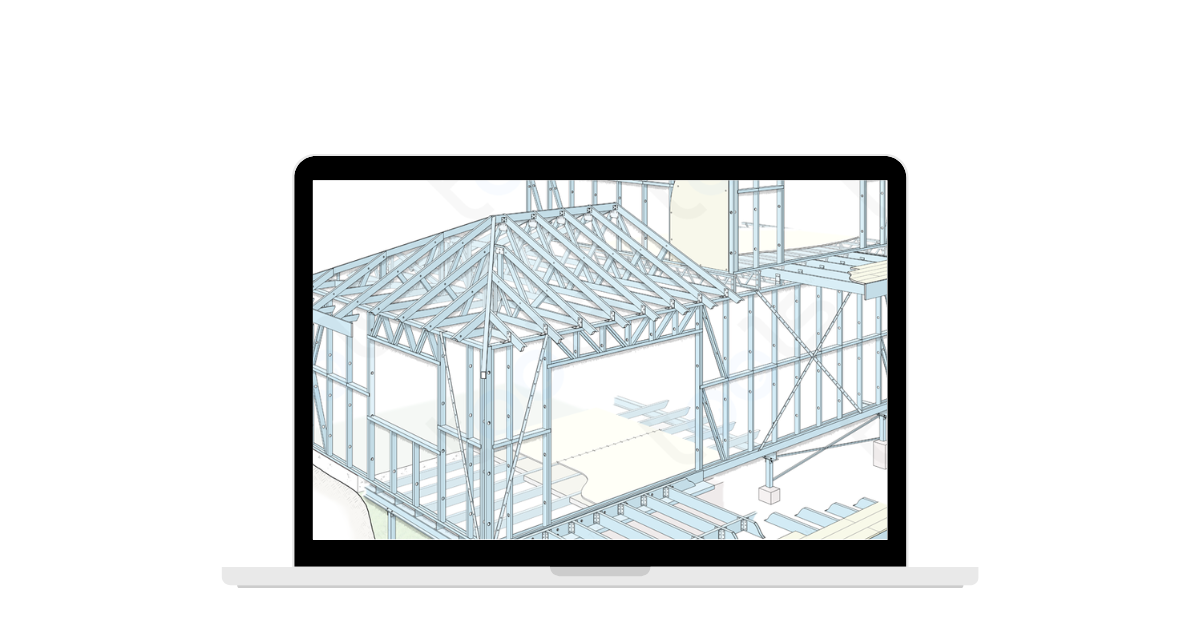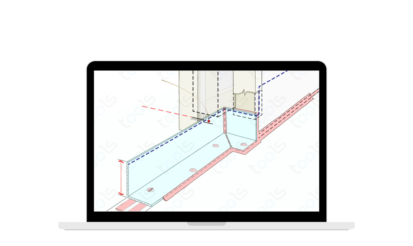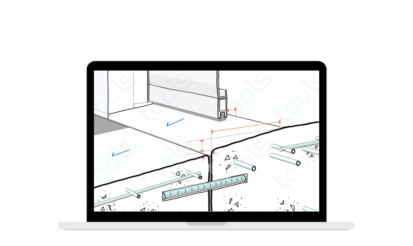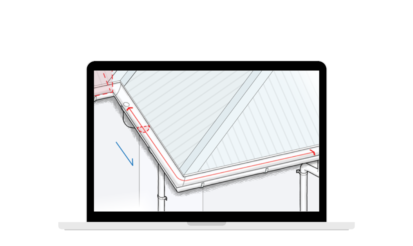Making Steel Framing Simple with Our New Tool™
Steel framing has come a long way, becoming a tried, tested, and reliable building material. But while it offers plenty of benefits, it also comes with important considerations. That’s where our new Tool™ comes in – helping you navigate the best steel framing choices for your project.
Why Choose Steel?
Steel framing offers several advantages over traditional timber:
- Termite resistant – No need for chemical treatments to keep pests at bay.
- No shrinking or warping – Steel stays straight and strong.
- Lightweight and easy to manoeuvre – Particularly useful in renovations and tight spaces.
- Reliable nogging systems – Ensuring stability and precision in construction.
What You Need to Consider
Steel framing isn’t without its challenges. Here’s what to keep in mind:
- Corrosion risk – Exposure to coastal air, pools, or ground contact can lead to rust issues.
- Thermal bridging – Steel is a great conductor, so insulation strategies need extra attention.
- Difficult modifications – Unlike timber, steel can’t be easily shaved down or adjusted on-site.
- Compatibility with other materials – Some metals react badly with steel, and electrical isolation is key.
- LSF detailing rules – Proper installation includes isolating steel from direct contact with concrete or mortar.
Choose Wisely
Not all steel products are created equal. Imported products may not meet Australian standards, so always check for CodeMark certification or other high-quality assurances. Most importantly, verify that your Certifier accepts your chosen materials.
Our new Tool™ takes the guesswork out of steel framing, making it easier than ever to make the right choices.
Want more building insights? Explore our other tools at Building Tools™ Blog.

 2 min read
2 min read  14 February 2025
14 February 2025 






